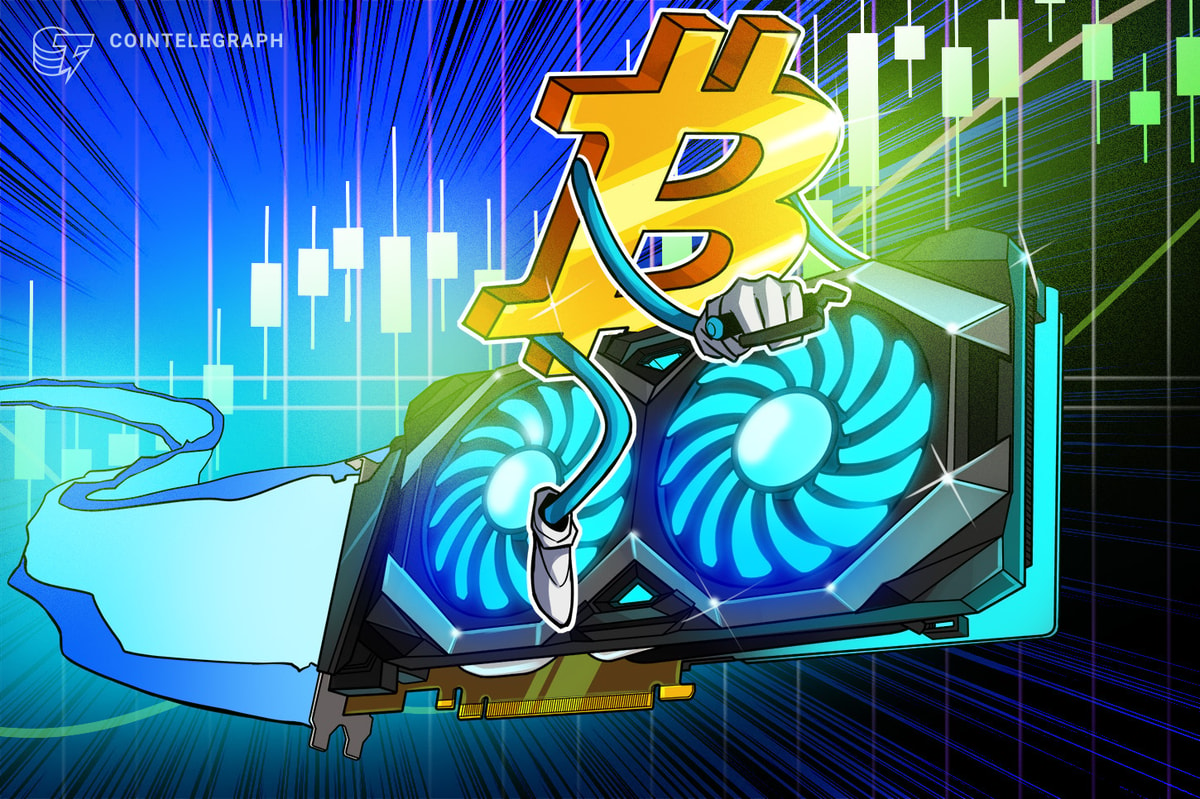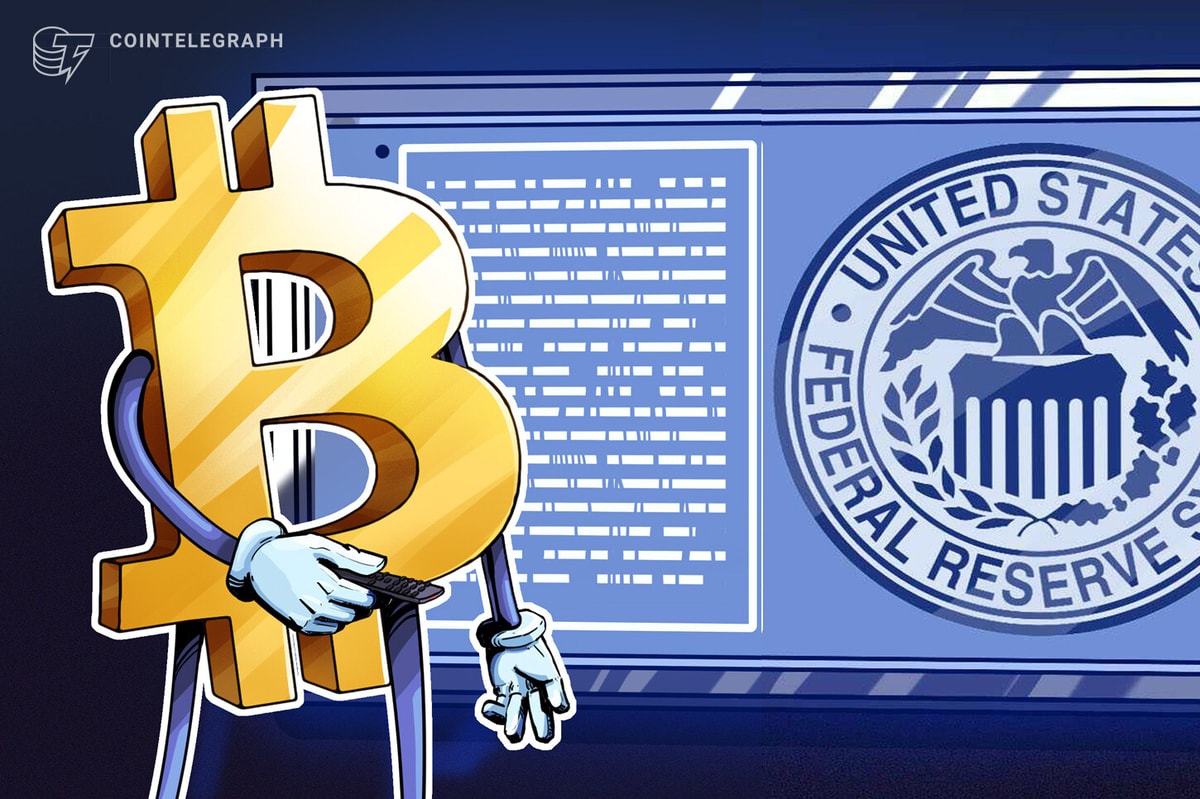Bitcoin is facing a potential fourth straight summer loss if it ends the 2025 stretch in the red, while the S&P 500 will log its third straight seasonal rally if its winning streak continues.
From 2020 to 2024, the S&P 500 logged eight positive July and August performances, while Bitcoin (BTC) had six. So, while their summer trends aren’t entirely decoupled, the divergence has become clear in June. Since 2020, Bitcoin has posted just one positive June, while the S&P 500 has seen only two negative ones over the same span.
A closer look at the past few years shows that Bitcoin’s summer slumps have less to do with seasonal patterns and more to do with crypto-native shocks and economic trends, such as China’s mining ban, halving cycles and post-COVID inflation.
Here’s how the past five summers played out and what may lie ahead.
Bitcoin starts decade hot despite China’s crackdown
In June 2020, Bitcoin dropped 3.18%. But that figure masks Bitcoin’s strong momentum heading into the month. It broke above $10,000 for the first time since the COVID-induced crash in February. Bitcoin had a sharp sell-off following the May 11 halving — a “sell the news” event — which drove the asset down to around $5,000.
By July, global stimulus packages and near-zero interest rates had boosted appetite for risk assets, lifting both equities and crypto. The S&P 500 ended every month from June to August in the green, while crypto markets were buoyed by what’s now remembered as “DeFi Summer,” the first wave of yield farming mania.
But 2021 told a different story as Bitcoin entered the summer with regulatory uncertainty in one of its biggest markets. China intensified its crackdown on Bitcoin mining and trading in May, shaking the network and sending cryptocurrencies tumbling through June.
Related: Bitcoin Knots gain ground: Will a chain split kill BTC price?
Momentum returned in July, thanks in part to rising institutional interests headlined by high-profile figures including Elon Musk, Jack Dorsey and Cathie Wood. That summer ended with Bitcoin up 8.68% — its last positive summer to date.
Bitcoin fends off Terra contagion and Fed rate hikes
The summer of 2022 was the worst one for Bitcoin, and it was also painful for traditional markets. It began with the Terra collapse in May, which triggered widespread contagion across the blockchain industry.
By June, Celsius was facing a liquidity crisis, and Singapore-based hedge fund Three Arrows Capital collapsed. The US Securities and Exchange Commission added salt to the wounds by denying Grayscale’s bid to convert its GBTC trust into a spot Bitcoin exchange-traded fund (ETF).
At the same time, US inflation hit a 40-year high of 9.1%, prompting aggressive rate hikes from the Federal Reserve. Consumer sentiment, as measured by a University of Michigan index, fell to a record low, and investors braced for disappointing second-quarter earnings.
However, Big Tech beat expectations, helping the S&P 500 rebound more than 9% in July — its best July since major aggregators like CoinMarketCap started Bitcoin price tracking in 2013.
But optimism faded in August following Fed Chair Jerome Powell’s now-infamous Jackson Hole speech, where he warned, “We must keep at it until the job is done,” reaffirming the Fed’s commitment to tightening. Bitcoin and the S&P 500 largely moved in tandem that summer.
In June 2023, Bitcoin briefly broke from tradition. A wave of ETF applications — including one from BlackRock, whose ETF approval record was nearly flawless — helped push Bitcoin up 12% for the month. Meanwhile, the S&P 500 lagged as the Fed paused rate hikes but maintained a hawkish tone, cooling the AI-driven tech rally that had dominated earlier in the year. Strong Big Tech earnings helped the S&P 500 recover in July.
Related: Bitcoin price stabilizes and rallies amid regional conflicts, data shows
However, both Bitcoin and equities ended August in the red. Powell’s annual Jackson Hole speech again dampened hopes for rate cuts, while China’s property giant Evergrande filed for bankruptcy protection. Bitcoin saw a brief recovery after a US appeals court sided with Grayscale in its ETF dispute, but it still closed the month and the summer in negative territory.
In June 2024, Bitcoin dropped sharply as weak ETF inflows, miner selling after the April halving and a yen carry-trade unwind took their toll. The S&P 500 climbed steadily, fueled by optimism around AI and mega-cap tech stocks like Nvidia, along with growing confidence in the Fed’s soft economic landing.
By August, Bitcoin had slipped again amid renewed macro uncertainty, including China’s economic slowdown and rising global trade tensions. While traditional markets also faced headwinds, the S&P 500 managed to close the month in the green, lifted by resilient tech performance and easing fears of further Fed tightening.
Bitcoin keeps integrating into global markets
July has often delivered strong returns for Bitcoin, typically rebounding from a weak June. These recoveries have followed crypto-specific downturns such as post-halving sell-offs, the fallout from China’s mining ban and ETF-related volatility.
For equities, July is also a pivotal month, as companies report second-quarter earnings. This has driven recent gains in the S&P 500. Meanwhile, August brings heightened attention to the Fed chair’s annual Jackson Hole speech, which often provides hints into the Fed’s stance on rate policy.
This year, investors are also watching oil prices and inflation data closely amid escalating tensions in the Middle East and a war between Israel and Iran. Following a US airstrike on Iran on June 23, Tehran threatened to block the Strait of Hormuz, a key oil route. A ceasefire brokered through US President Donald Trump has broken down, with both sides claiming the other has breached the terms of the agreement. At the time of writing, Trump has warned Israel not to make good on threats of “powerful strikes” on Iran.
Such developments could drive up inflation, impacting risk sentiment across markets.
While Bitcoin has become more intertwined with traditional markets through ETFs, corporate treasuries and institutional flows, it remains uniquely vulnerable to crypto-native shocks.
Unlike equities, which often move in sync with earnings, rate expectations and broader macro trends, crypto still responds disproportionately to its own internal catalysts. That’s why strategies like “sell in May” don’t always translate across asset classes. Even as crypto matures, its most severe downturns still tend to come from within.
Magazine: New York’s PubKey Bitcoin bar will orange-pill Washington DC next
Read the full article here















